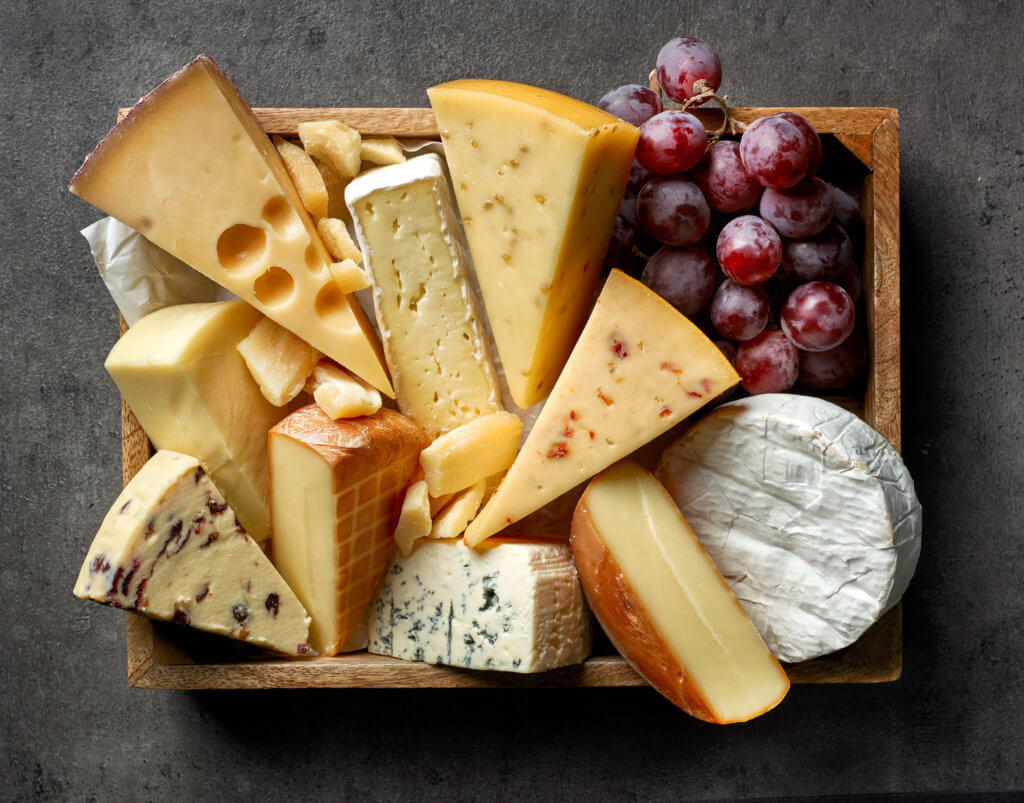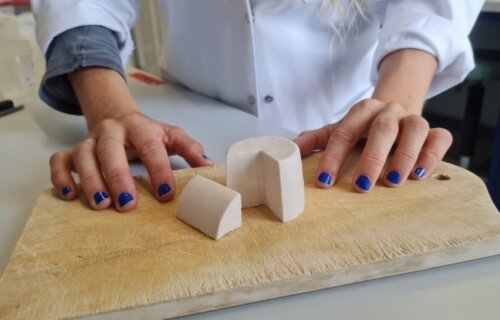COPENHAGEN — Aiming to create plant-based cheeses that rival traditional dairy in both taste and texture, University of Copenhagen researchers are turning back the clock, using the ancient art of fermentation to get the job done. This method, traditionally used in dairy cheese-making for ages, is set to transform protein-rich plants like peas and beans into a new, climate-friendly cheese generation.
For dairy aficionados in Denmark, cheese is a staple, with an average consumption of nearly 30 kilos (66 pounds) annually. However, as the need for sustainability grows, scientists are racing to develop plant-based alternatives that mirror the familiar taste and feel of dairy cheeses.
While the market does boast several plant-based cheeses, there’s a catch. The inherent nature of plant proteins makes them a challenge for cheese production, as they differ significantly from milk proteins. To achieve the desired consistency and taste, current options often incorporate starch, coconut oil, and a range of flavors.
As new research from the University of Copenhagen’s Department of Food Science indicates, there might be a natural alternative.
“Fermentation is an incredibly powerful tool to develop flavor and texture in plant-based cheeses,” says researcher Carmen Masiá in a university release. “In this study, we show that bacteria can serve to develop firmness in non-dairy cheese in a very short period of time while reducing the bean-like aroma of yellow pea protein, which is used as the main and only protein source.”
Masiá’s recent exploration built upon her previous findings, which identified yellow pea protein as a promising base for plant-based cheese. Collaborating with the biotech firm Chr. Hansen, where Masiá is concluding her Industrial PhD, she probed 24 bacterial combinations.
These combinations, once introduced to the yellow pea protein base, yielded firm “cheese-like gels” in just eight hours. These gels resembled fresh soft white cheeses.

“All bacterial blends produced firm gels, which means that one can get a fermentation-induced gel without necessarily adding starch or coconut oil to the base,” explains Masiá. “From an aroma perspective, we had two goals: To reduce the compounds that characterize the beaniness of yellow peas, and to produce compounds that are normally found in dairy cheese. Here we saw that some bacteria were better at producing certain volatile compounds than others, but that they all worked great to reduce beaniness – which is a very positive outcome. Furthermore, all blends acquired dairy aroma notes to different degrees.”
However, the journey to perfecting this plant-based cheese is far from over. According to Masiá, achieving the quintessential cheese characteristics will require custom bacterial compositions. The plant-based versions might necessitate a maturing period to develop their unique flavor profiles, similar to traditional dairy cheeses.
The success of these innovative cheeses hinges on consumer reception.
“The most challenging thing for now is that, while there are a lot of people who would like to eat plant-based cheese, they aren’t satisfied with how it tastes and feels in the mouth,” says Masiá. “In the end, this means that no matter how sustainable, nutritious, etc. a food product is, people aren’t interested in buying it if it doesn’t provide a good experience when consumed.”
Acknowledging the immense efforts and research invested in dairy cheese over the years, Masiá remains optimistic about the future of plant-based cheeses.
“One needs to remember that dairy cheese production has been studied over many years, so it’s not something that we can just mimic overnight with totally different raw materials,” notes Masiá. “Nevertheless, there are many scientists and companies out there doing great progress in the field; I hope that we will get closer to making non-dairy cheeses that taste good over the next few years. We are getting there.”
The study is published in the journal Future Foods.
You might also be interested in:
- Fermented onions could bring the meaty flavor back to plant-based meat alternatives
- Best Vegan Protein Powder: Top 5 Plant-Based Supplements Recommended by Experts
- Fermented Foods: Everything You Need To Know About These Gut-Friendly Products

